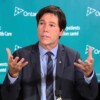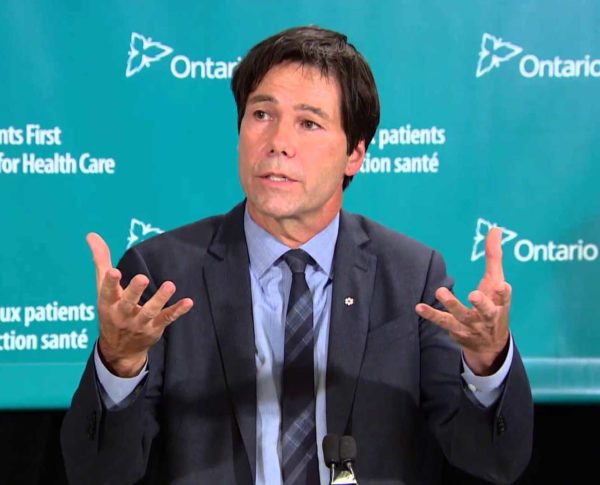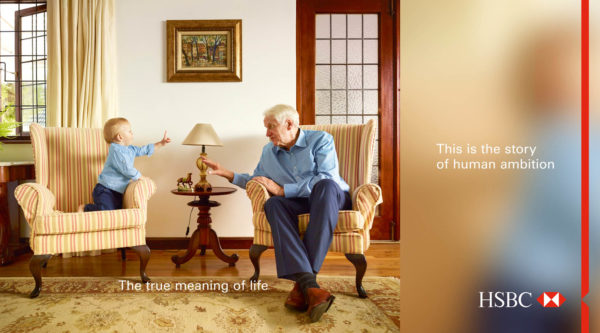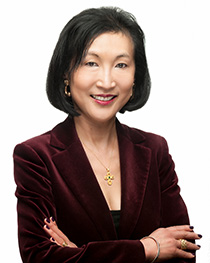
Photo Credit: The Globe and Mail
Because of my former profession as a communications consultant, it is only natural for me to remain a news junkie even after my retirement. The media coverage of the recent van-attack tragedy that happened in Toronto on a beautiful Monday afternoon showed the real mettle of good journalism. The best media outlet, in covering tragedies, would be one which was not only able to be first, but also accurate and compassionate at the same time without unnecessary sensationalism.
The Globe and Mail claimed that it was not the first media outlet to report the number killed in the Toronto van rampage on April 23. Nor was it the first to report on a Facebook page purportedly operated by the suspect Alek Minassian that referred to dark online forums used by trolls and violent misogynists. But it claimed that the publication focused on getting the correct information. This might be true, but when all print media now also have digital versions, the speed of reporting is almost as important as the accuracy.
I did not find out about the tragic news until about 4 p.m. that afternoon, and I immediately relied on CP24 for the latest news. The live news conference quickly put together by the Toronto police at around 4:30 p.m., involving the Deputy Chief Police Commissioner Peter Yuen and representatives from the three levels of government, was impressive as it pretty much summarized what the tragedy was all about and what the casualties were. At that early hour, we still did not know the name and motive of the alleged killer nor the identities of the victims. But the most important reassurances have been delivered: although nine lives were claimed at that time, the over 15 injured victims were frantically being helped at Sunnybrook Hospital which declared Code Orange for its emergency department; condolences were conveyed on air by the police and government officials; the public was asked to stay away from the stretch of Yonge Street from Finch to Sheppard in order to allow the police to carry on with the investigation; a suspect was arrested by a brave traffic cop without a gunfire being shot. What was most reassuring was that the Federal Minister of Public Safety Ralph Goodale informed everyone that this tragedy did not appear to be one that would threaten national security.
Under such circumstances, I was glued to my TV set while glancing at numerous social media feeds to get the latest updates. After watching all the national news networks – Global News from 5:30 p.m. to 7 p.m. followed by CBC News and CTV News that evening – CTV News was the first to report on the name of the arrested suspect and his identity as a Seneca College student. CBC The National was the first media outlet to confirm a Facebook post by the suspect shortly before he started the van rampage. This post unveiled the digital trail which indicated that the suspect could have been motivated by the misogynist hate group INCEL (involuntary celibates). When Police Chief Mark Saunders gave the second live update news conference on CP24 later that evening upon his return from New York City, he was already able to update the public that the death toll had by then climbed to 10 and the name of the suspect was also disclosed although the first name was mistakenly given as Alex instead of Alek.
The Facebook post was actually already reported much earlier than the evening news by numerous social media. However, nobody in their right minds could have believed these sources and verified whether they were true stories or fake news. So CBC was not the first to report on the Facebook post and the INCEL association, but they were the first to confirm that this rumor on social media was true and they verified that with Facebook as well before reporting on the news. CTV News was the first to confirm the name and identity of the arrested suspect via their Ottawa reporter which surprised me.
Kudos to CTV and CBC for fast and accurate breaking news. I was disappointed with Global TV News not only because they were not able to be the first, but also because of the lack of empathy in the reporting. Although one news anchor was covering the tragedy live on Yonge Street and the other in the newsroom, neither one of them showed grave concern on their faces. Instead, the ambulance-chasing attitude and goofiness on air were major turnoffs.
After the initial shock and update on the first day of the tragedy, my attention was then turned to the print media on the second day to see which reporter or media outlet was able to give the best in-depth report. The best reporting prize on the aftermath, in my opinion, should go to John Ibbitson of The Globe and Mail, whose article, The Truths Canada Needs To Remember, was a beautiful commentary on the attack that brought tears to my eyes. As he wrote, “We will remember that violence against the innocent brings out the best in Canadians, not the worst….What matters is, once again, we have collectively been wounded. And, collectively, we will heal, as we have healed in the past, by mourning and supporting, rather than accusing…We are not going to let anyone take our peaceful, free, diverse, safe streets away from us.”
Amen!











